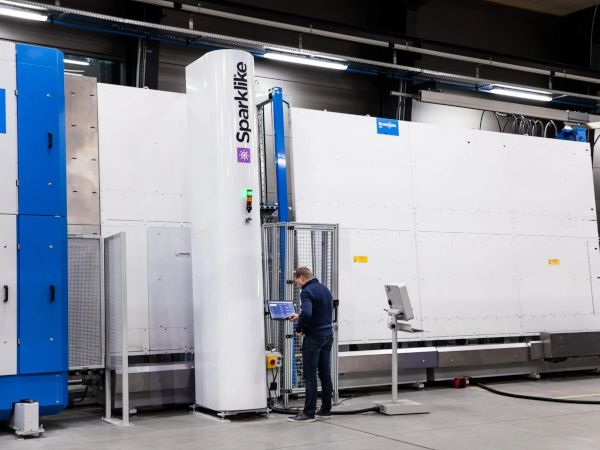
Date: 7 October 2025
The European standard EN 1279-3:2018 sets requirements for gas concentration tolerances and long-term performance testing to ensure IGUs maintain their insulating properties over time.
For manufacturers, compliance with this standard is not just a regulatory requirement, but it is a key factor in delivering reliable, high-performance glass solutions to customers. Here is what you need to know about gas leakage rates, concentration tolerances, and the importance of long-term quality control.
Understanding EN 1279-3:2018
The EN 1279 series establishes the framework for manufacturing durable and high-performing IGUs. Part 3 focuses specifically on long-term testing of gas concentration and leakage rates.
The standard outlines:
- Gas leakage rate limits: The average leakage rate for gas-filled IGUs must be ≤ 1.0% per year, with no individual specimen exceeding 1.20% per year.
- Gas concentration tolerances: After testing, the gas concentration must not be more than 5% (absolute) below the nominal value declared by the manufacturer (e.g., for a 90% argon-filled IGU, the minimum accepted level is 85%).
- Gas durability and compatibility: Only inert gases (Ar, Kr, Xe) are allowed unless chemical compatibility tests are carried out for other gases.
Why Gas Filling and Quality Control Matter
Proper gas filling is critical for ensuring thermal insulation and long-term performance of IGUs. Without accurate gas content, windows lose part of their insulating capability, leading to higher energy use and reduced comfort.
Key challenges manufacturers face:
- Maintaining consistent gas fill levels: Variations in filling can cause non-compliance with concentration tolerances.
- Preventing gas leakage: Poor sealing or low-quality edge components can lead to faster gas loss.
- Verifying compliance: The reference method in EN 1279-3 is gas chromatography, which is invasive and requires destructive testing.
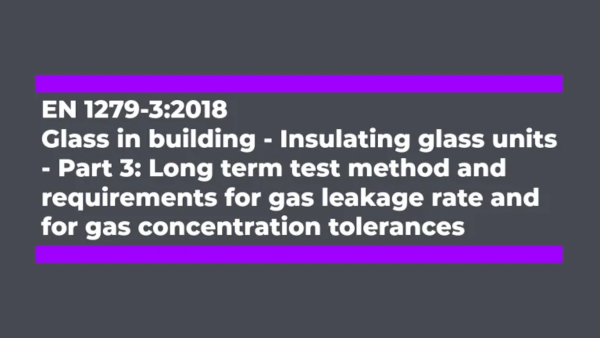
Supporting Compliance and Improving IGU Quality
While gas chromatography is the official reference method in EN 1279-3, manufacturers can strengthen their quality assurance processes by combining compliance testing with additional tools:´. This supports monitoring and maintaining consistent gas fill levels which can be one only by adopting continuous quality control processes.
Non-invasive gas measurement – Devices such as Sparklike Laser allow manufacturers to check gas fill levels during production and in finished units without damaging the IGU. This supports ongoing quality control.
Regular quality checks – Testing during and after production helps ensure IGUs consistently meet gas concentration tolerances.
Durability assessment – Laboratory testing following EN 1279-3 simulates long-term ageing and verifies compliance. However conducting tests for windows is important to monitor its insulating property.
Optimized sealing technology – High-quality seals and desiccants prevent premature leakage and maintain IGU integrity.
Why Insulating Glass Manufacturers Should Take Action Now
With rising energy efficiency demands and strict standards, ensuring proper gas filling and minimal leakage is essential. Compliance with EN 1279-3:2018 helps manufacturers:
- Avoid warranty claims and failures.
- Build customer trust and brand reputation.
- Support long-term energy efficiency goals.
By integrating advanced measurement technology and strong quality control, IGU manufacturers can ensure their products meet EN 1279-3:2018 and maintain reliable performance throughout their service life.
More information on Sparklike’s solutions and their applications in IGU quality control.
Contact Sales to Talk About Sparklike Solutions
Source:
EN 1279-3:2018 Glass in building – Insulating glass units – Part 3: Long term test method and requirements for gas leakage rate and for gas concentration tolerances.
 600450
600450

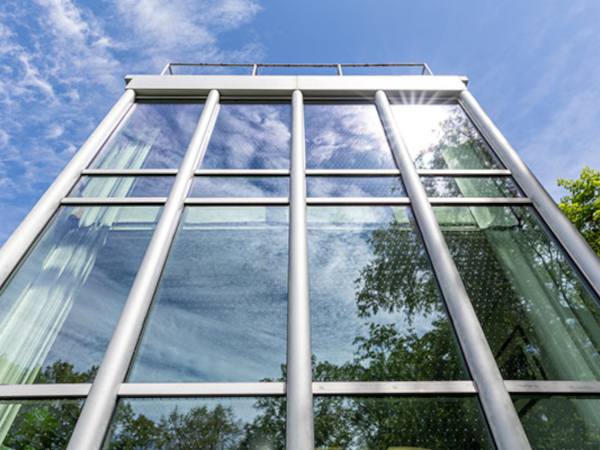
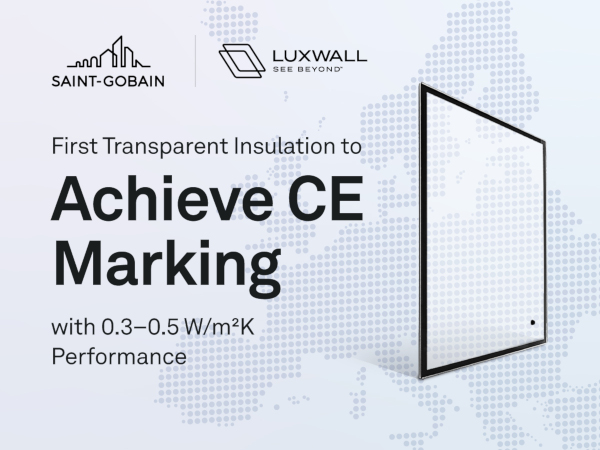


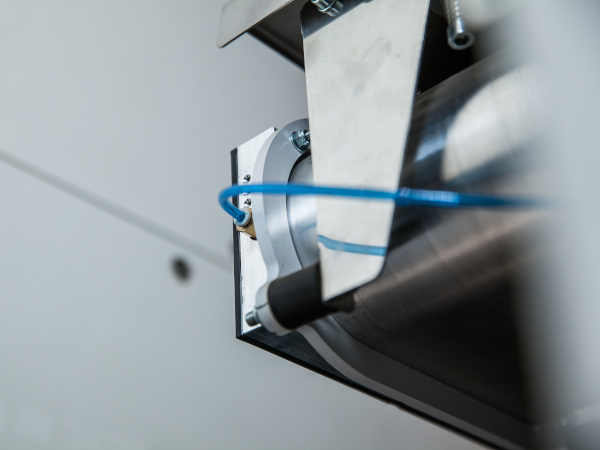
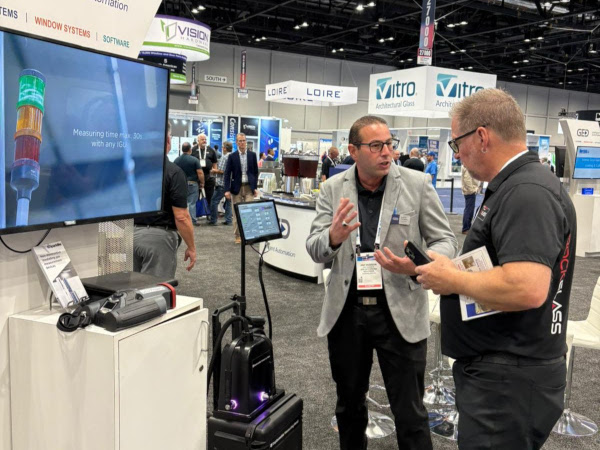







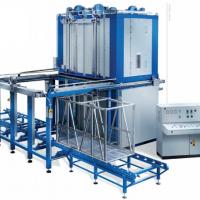
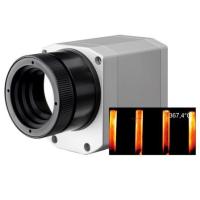

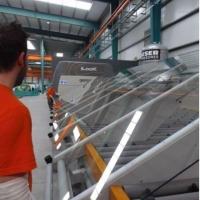


Add new comment